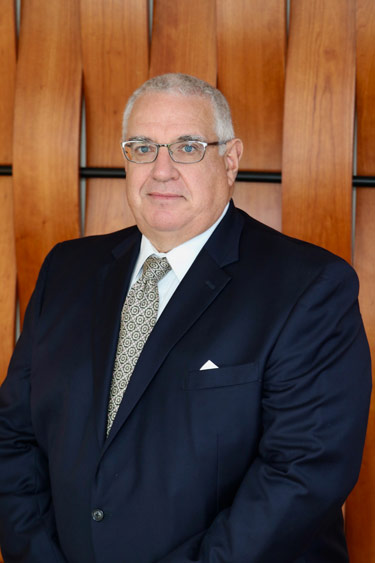
John K. Smith, President & CEO
I would like to give you a snapshot of where PLM stands financially with the first half of 2019 behind us. From a premium standpoint, we are running slightly behind our production target, but feel comfortable that we will be able to fill the $3.2 million shortfall in the second half of the year. The shortfall has its roots in a somewhat lower renewal retention than we expected, particularly in the heavy manufacturing area. Heavy manufacturing has always been a difficult area for the entire insurance industry from a profitability viewpoint. Renewal retention in the light manufacturing and retail/wholesale building material dealer classes has exceeded our expectations and objectives.
Underwriting losses are down more than 50% from where they were last year at this time. This is good news, but it still is a loss. The second quarter produced an underwriting profit — the first quarterly profit we have seen over the last six quarters. We are seeing loss improvement in every line of business (property, general liability, auto and umbrella). We have witnessed a drop in new auto and general liability claims reported. Though they are still unprofitable, that suggests we are on the right path toward profitability on these lines of business. This is very satisfying considering the amount of time and energy we have been expending on these two lines of business.
Surplus has increased on a year-over-year basis through six months with investment income continuing to be very strong.
We spent the first six months of 2019 launching and implementing our Relationship Enhancement Program (REP). We visited almost every location that we insure and met with many owners and managers. Feedback on the program has been generally good with insureds expressing appreciation for the extra risk management effort that we extended during these visits.
As we neared the close of the program, it was necessary to rotate people into different territories to complete this process. We weren’t always as sharp and diligent about setting up appointments. It was not our intent to just “drop in.” We hoped to establish appointments on all visits thus enabling us to create the right atmosphere and appropriate time for a risk management dialogue.
To be honest, we knew we were going to be forced to cancel or non-renew some business as a result of this program, but we were pleased that this activity has been more limited than we expected. Insureds have been positive about our risk management recommendations, and compliance with those recommendations has been excellent.
New business has slowed, by design, as we moved through the REP. With that behind us, we envision a more balanced approach to working with current accounts and developing new ones. Thus, we expect an increase in new business in the second half of 2019.
We previously mentioned that we came to an agreement with AmTrust regarding the conversion of their lumber book to PLM. Within the last 30 days we began transferring September business from AmTrust to PLM. Both brokers and insureds are currently receiving quotes and policy documents. We fully expect to maintain a 60- to 90-day lead time on delivery of this information for any business that is being transitioned over to PLM.
It is still too early to evaluate outcomes, but if history is of any indication, insureds will be agreeable to the transition and the retention of the business should be relatively high. In many cases, these customers are returning to PLM. Every account we reviewed for September being a previous PLM insured.
We have been releasing a weekly email to the involved brokers that covers this transition. If you have not received these and would like to, please reach out to Lindsey DiGangi (ldigangi@plmins.com, 267- 825-9034). Questions regarding specific account decisions can be directed to Chris Crucitt, VP of Underwriting (ccrucitt@plmins.com, 267-825-9316).
We continue to push hard corrective actions in the commercial auto lines of business. Rates here are jumping across all segments of our niche, particularly for fleets with heavy trucks and operations in a metropolitan area. The insurance industry continues to reel from poor auto loss results. Not only is there a demand for tighter risk management and loss control efforts by insureds, but there is also a price increase across the industry for insureds with fleets with heavy vehicles.
There continue to be many changes in the heavy manufacturing marketplace. Recently, another big player dramatically reduced capacity, limited the size of the business they will entertain and pushed for large rate increases. More and more heavy manufacturing business is moving into the surplus lines marketplace. Further, this past month we saw a smaller competitor exit the niche. PLM continues to be a market for this business. We are looking to write more of it, although we are capping our per location exposure at the moment.
In short, the insurance marketplace within the standard insurance industry, and particularly within the wood niche, is changing. We at PLM stand ready to assist you in any way we can. As always, I look forward to your comments and suggestions.
